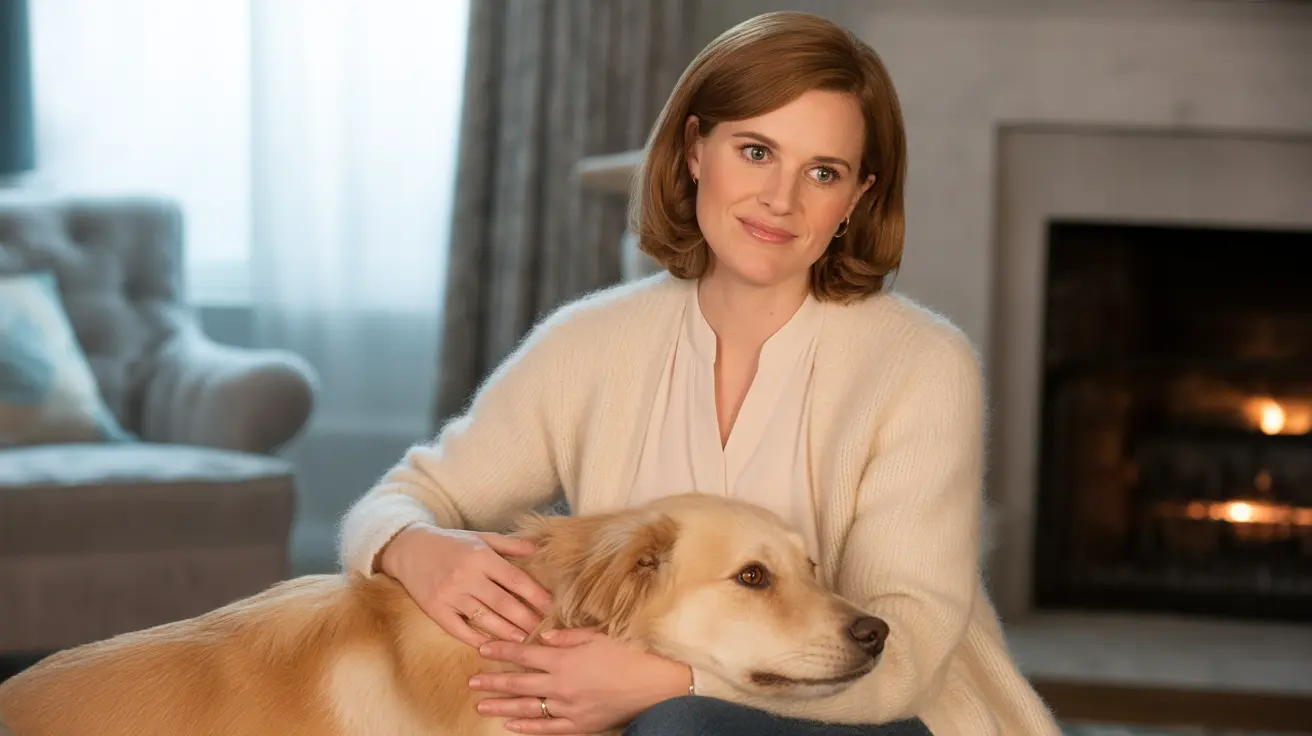How to Quickly and Effectively Crate Train a Puppy
Crate training is an essential skill for puppies and adult dogs alike. When done correctly, it promotes a sense of safety, assists with housebreaking, and prevents destructive behaviors. The fastest way to crate train a puppy hinges on positive reinforcement, consistent routines, and gradual exposure. Here’s a comprehensive guide to help pet owners implement crate training efficiently and humanely.
Why Crate Training is Important
- House training aid: Puppies learn bladder and bowel control faster in confined spaces.
- Limits destructive behavior: Prevents chewing and unsupervised mischief.
- Safe space: Offers a den-like environment to reduce anxiety or during stressful events.
- Transportation safety: Facilitates safe travel and vet visits.
Choosing the Right Crate
- Size matters: The crate should be large enough for standing, turning, and lying down, but not so big as to allow elimination in one corner.
- Type of crate: Wire crates, plastic kennels, or collapsible pens work well—select based on convenience and your dog’s needs.
- Adjustability for growth: Use dividers to resize the crate during your puppy’s growth phases.
Step-by-Step Crate Training Plan
- Introduce the Crate
Place the crate in a social area like the living room. Keep the door propped open. Allow your puppy to explore freely, rewarding even brief entries with treats. Do not force them inside. - Feed Meals in the Crate
Start feeding your puppy at the crate entrance and gradually move their dish further inside. Eventually, close the door while they eat. Increase door-closed time after meals in small increments. - Practice Short Sessions
Once your puppy enters willingly and eats calmly, begin closing the crate for 5–10 minutes while you remain nearby. Build up to 30 minutes, gradually stepping out of sight to build independence. - Crating When Alone and Overnight
When your puppy remains calm for 30 minutes, start crating during absences and at night. Keep night crating close to your sleeping area so you can monitor for potty cues. - Maintenance and Comfort
Keep the crate cozy with safe bedding and leave the door open when not in use. Always associate the crate with positivity through praise and rewards.
Best Practices for Fast Crate Training
- Use high-value treats for positive reinforcement.
- Avoid using the crate as punishment.
- Limit initial crate time appropriate to age—no more than 1 hour per month of age, with a max of 3–4 hours under six months.
- Do not respond to whining or scratching. Only intervene if you suspect the dog needs a bathroom break.
Common Mistakes to Avoid
- Forcing the puppy into the crate creates fear and resistance.
- Leaving the puppy too long inside leads to anxiety or accidents.
- Moving too quickly between steps without ensuring comfort at each stage.
- Using the crate as discipline builds negative associations.
Expectations and Troubleshooting
Some puppies may take days, others weeks, to fully feel safe in the crate. Patience and consistency are your strongest tools. If your puppy experiences undue stress or shows signs of separation anxiety, consult a veterinarian or behaviorist before continuing crate training alone.
Summary Tips for Success
- Start early—begin crate training as early as 8 weeks old.
- Use cue words like “crate” or “kennel up.”
- Make the crate inviting with bedding and safe toys.
- Stick to a predictable routine for feedings and potty breaks.
- Celebrate small progress and continue reinforcing good behavior.
By applying these guidelines with consistency and positive reinforcement, crate training becomes not only fast but a rewarding experience for both you and your puppy.





